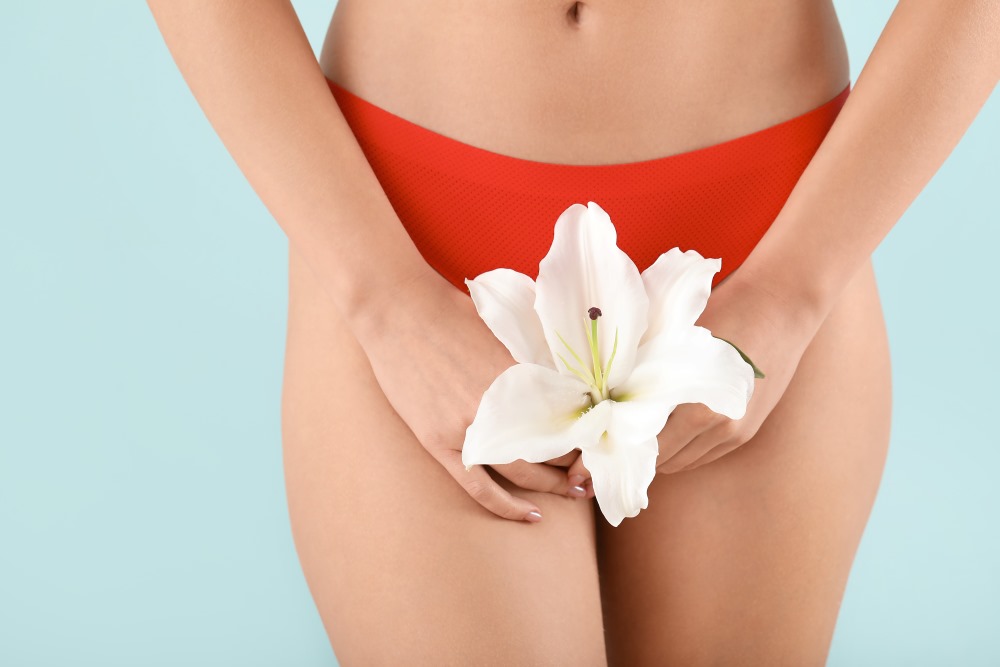The Lifespan of Labia Puffing: Factors Influencing Duration Between Procedures

In the field of cosmetic gynecology, more and more procedures are being developed to help women to achieve the body they want. One procedure, labia puffing, is a form of labial augmentation. This procedure can help women who are seeking to enhance the appearance of their genital area. This procedure involves injecting fillers, typically hyaluronic acid, into the labia majora to increase volume and achieve a more youthful look. However, one of the main concerns for those considering labia puffing is the duration of its effects and how often they will need to undergo the procedure. The lifespan of labia puffing varies based on several factors, including the type of filler used, individual metabolic rates, lifestyle choices, and overall health. Understanding these factors can help patients make informed decisions about their aesthetic goals and maintenance plans.
What is the Labia Puffing Procedure?
The labia puffing procedure is a procedure that is performed in your doctor’s office, which involves taking fillers, such as those made of hyaluronic acid (such as Juvederm and Restylane), or the body’s own fat tissue, which can be taken from other areas of the body (such as the abdomen, thighs, or buttocks) and injected into the labia in order to give it a more uniform appearance and increase the volume. This procedure is growing in popularity due to the fact that many women around the world are looking to help achieve the body they want. The procedure requires only a short time at the doctor’s office, is minimally invasive, and requires little to no downtime after.
Factors that Determine The Duration Between Procedures Needed
When it comes to labia puffing, there are several things to know. The first is that, depending on the type of labia puffing procedure (are you having a procedure done using fillers, or are you opting for a procedure with your body’s own natural fat tissue?) you are looking into. Those that are done with a patient’s own body fat tissue are typically permanent and do not require further touch-ups to make the results last. However, as many individuals opt to get the procedure with the use of fillers, they typically need to to be repeated or receive touch-ups or maintenance in order to keep the results looking fresh. There are several factors that will determine when you will need to get the procedure repeated, if you are using fillers. While they typically last between nine and twelve months before needing a touch-up, some factors can influence that time frame.
Individual Metabolic Rates
Metabolism plays a crucial role in the longevity of labia puffing results. Individuals with a faster metabolic rate tend to break down fillers more quickly, shortening the duration of the effects. Metabolic rate is influenced by various factors, including age, genetics, and overall health. Younger individuals generally have faster metabolisms, which may lead to more frequent touch-ups compared to older individuals whose metabolic rates have slowed down.
Lifestyle Choices
Lifestyle choices significantly impact the lifespan of labia puffing. Factors such as diet, exercise, and smoking can influence how quickly the body breaks down fillers. Regular exercise, while beneficial for overall health, can increase metabolic rate and thus reduce the longevity of the fillers. Similarly, smoking accelerates the breakdown of hyaluronic acid and affects skin elasticity, potentially shortening the duration of the results.
Hormonal Influences
Hormonal fluctuations, such as those occurring during menstrual cycles, pregnancy, or menopause, can also affect the longevity of labia puffing. Hormonal changes can influence skin elasticity and hydration levels, impacting how long the fillers maintain their volume. For example, increased estrogen levels during pregnancy can enhance the appearance of the labia, while decreased estrogen levels during menopause can lead to faster filler degradation.
Health and Medical Conditions
Overall health and pre-existing medical conditions play a significant role in the lifespan of labia puffing. Conditions that affect skin health, such as diabetes or autoimmune disorders, can impact the durability of the fillers. Additionally, medications that affect the skin or immune system can alter how long the results last. Patients should discuss their medical history with their practitioner to understand how their health may influence the procedure’s longevity.
Are you interested in learning more about the labia puffing procedure? Call the office of Dr. Ghozland today at 310-393-9359 and we will get you scheduled!
